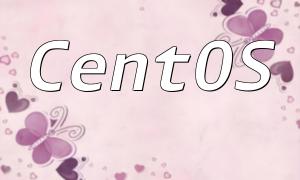In modern web design, centering elements is a crucial technique. This article will detail various methods for centering elements in PHP, helping developers easily achieve this task in real-world projects.
In most cases, CSS provides a simple way to center elements. Even when dynamically generating content in PHP, CSS remains the primary tool for styling.
Flexbox is a powerful layout module that allows easy centering of elements both horizontally and vertically. Here's an example demonstrating how to center an element using Flexbox:
Centered contentIn this example, display: flex turns the parent element into a flex container, while the justify-content and align-items properties control horizontal and vertical centering, respectively.
Another way to center elements is by using absolute positioning. This method works for any element with fixed height and width.
Centered content In this code, the inner element is positioned in the center of the parent element using top and left properties, and transform: translate(-50%, -50%) shifts the element's center point up and left by half, achieving perfect centering.
In real-world applications, many times we need to dynamically generate page content using PHP. We can combine the centering styles above with our PHP code to generate centered elements.
echo '';echo 'This is dynamically generated centered content from PHP';echo '';With this approach, whether using Flexbox or absolute positioning, we can easily center dynamically generated content.
There are many ways to center elements in PHP, including CSS Flexbox layout and absolute positioning. These methods are not only easy to use but can also be combined with dynamically generated content in PHP to meet real-world development needs. Mastering these techniques will help you excel in web design, providing a better visual experience for your users.
We hope this article provides valuable insights for your PHP development and helps you easily achieve element centering.









